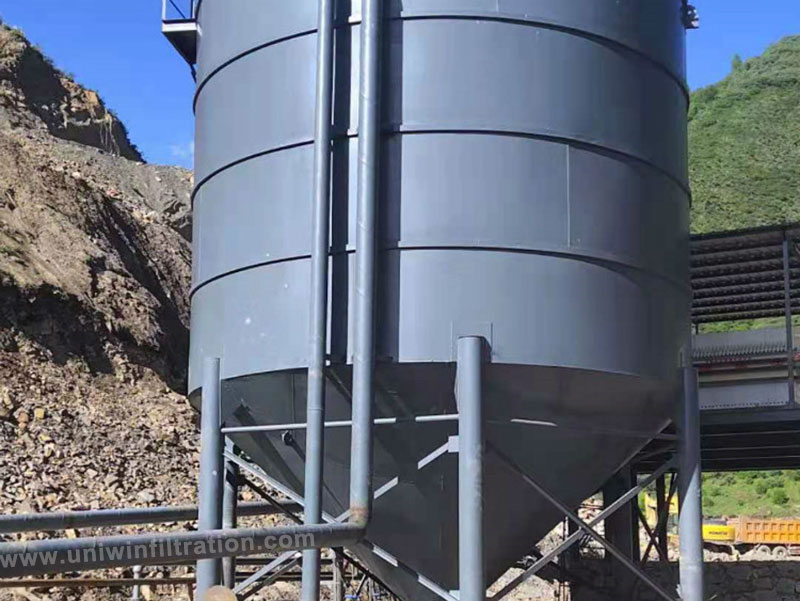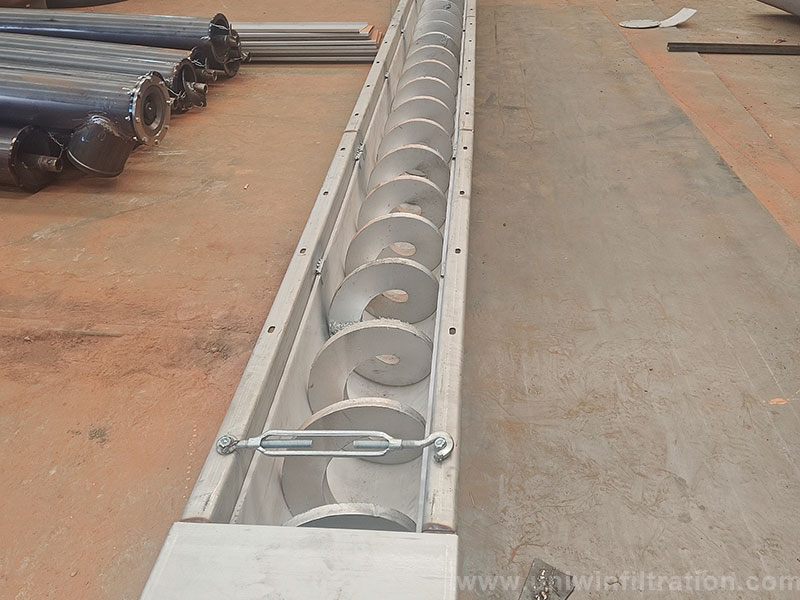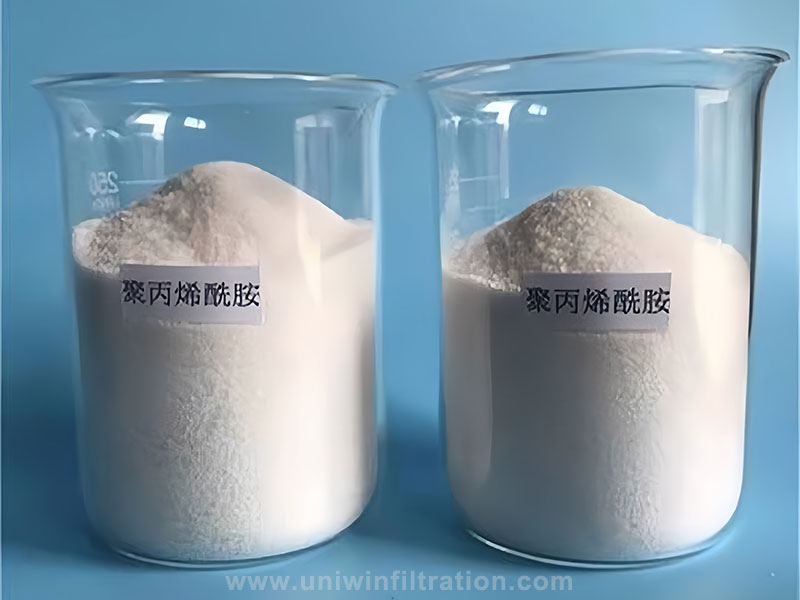Sludge Concentration Tank
A sludge concentration tank is a key piece of equipment in a wastewater treatment system. It is primarily used to increase sludge concentration and reduce the load on subsequent treatment processes. It is a crucial link connecting primary wastewater treatment with subsequent dewatering and drying steps.
Structural Components of a Sludge Concentration Tank
- Tank Body: Typically constructed of steel or concrete with an anti-corrosion coating.
- Sludge Inlet/Outlet/Sludge Outlet: Rationally designed to prevent short-circuiting.
- Sludge Scraper: Bottom-mounted, used to collect and discharge settled sludge.
- Overflow Weir: Equipped at the top for discharging supernatant.
- Drive Unit: The motor and reducer system that controls the sludge scraper’s rotation.
- Dosing System (Optional): Used to improve concentration efficiency.
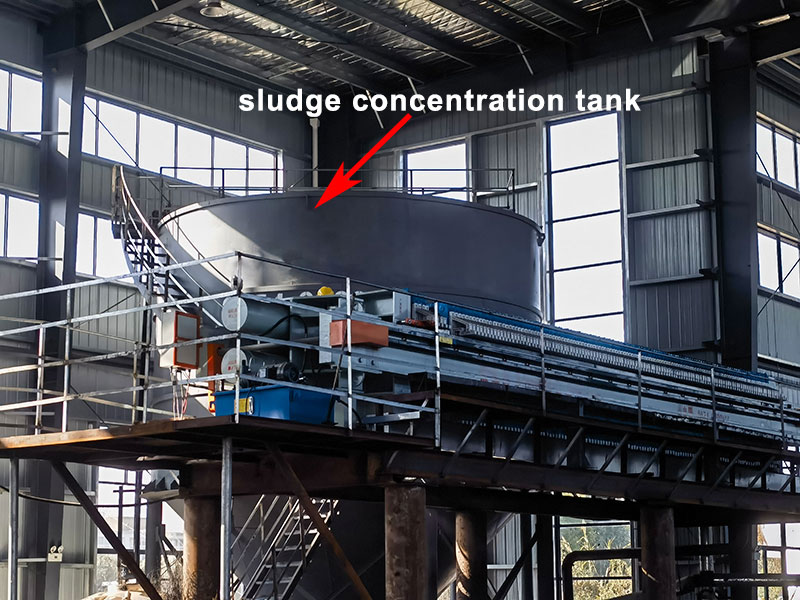
Working Principle of Sludge Thickening Tank
- Raw Sludge Enters the Concentration Tank: Sludge with low solids content from the primary or secondary settling tank enters the concentration tank directly.
- Concentration Process: Gravity settling and sludge scraping and collection occur in the concentration tank, sometimes supplemented with flocculants (PAM/PAC).
- Thickened Sludge Delivery: The thickened sludge from the bottom is pumped to a filter press using a screw pump or plunger pump.
- Filtration treatment: Further dewatering is performed in a filter press to form a high-dryness sludge cake.
- Filtrate recirculation: The supernatant or filtrate can be recirculated back to the pre-treatment equalization tank or enter the subsequent treatment system.
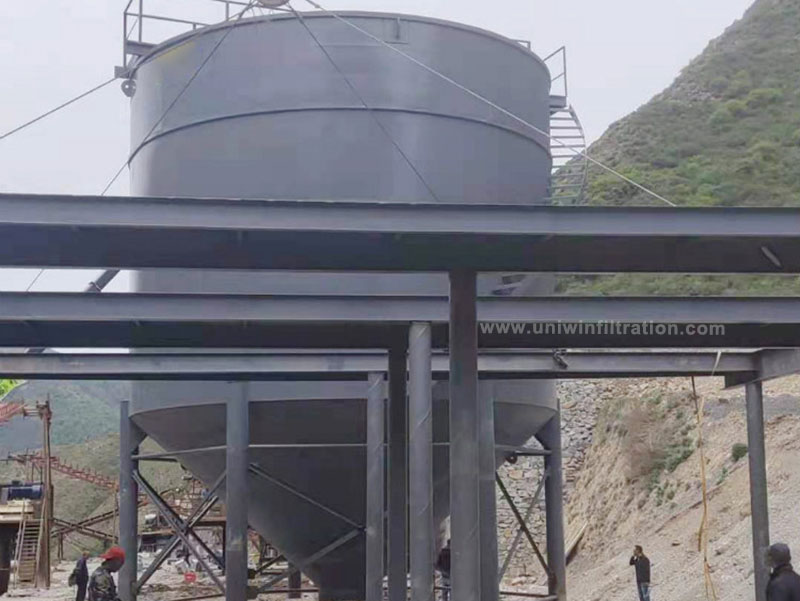
The Function Of Sludge Concentration Tanks
Increasing the concentration of influent sludge
Concentration tanks significantly increase the solids content of sludge, resulting in drier material entering the filter press, thus shortening the filtration cycle and increasing the throughput per unit time.
Reduced operating costs
Lower moisture content means less filtration time, energy consumption, and reagent consumption during dewatering, thus reducing operating costs.
Reduced filter cloth clogging
Unconcentrated sludge easily clogs filter cloths, affecting filtration efficiency. Concentrated sludge contains less suspended solids, helping to extend the lifespan of the filter cloth.
Increased cake texture
Higher concentration of feed sludge results in a lower moisture content in the filtered cake, facilitating subsequent storage, transportation, or incineration.
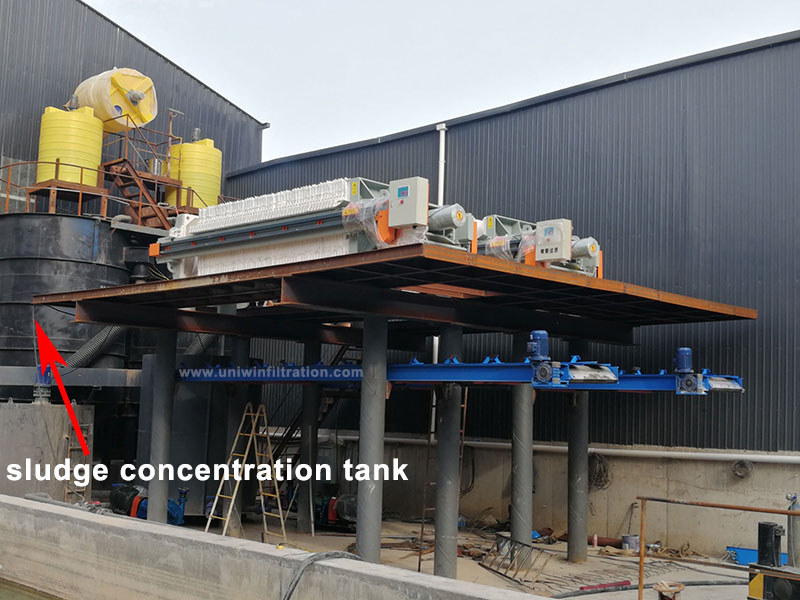
Concentrator Tank Usage Precautions
- Proper dosage adjustment: Avoid wasting chemicals or affecting effluent quality.
- Concentration time control: Avoid excessive retention to prevent sludge putrefaction.
- Agitation and chemical dosing: Agitation should be moderate; small-scale tests are required to confirm the correct dosage.
- Sludge pump selection: Variable frequency drive (VFD) control is recommended to match the filter press cycle.
- Automation linkage: A PLC linkage system can be installed between the concentrator tank and the filter press to enhance overall automation.
- Corrosion prevention: The long-term operating environment is complex; appropriate corrosion prevention measures should be taken.

